
The verdict: Driving a 2020 Toyota 4Runner on the city streets of my neighborhood was like bringing a moose along to shop for an apartment: It was clumsy, loud and a little daunting. In the right environment, however, this rugged, capable SUV would be right at home.
Versus the competition: The 4Runner’s combination of old-school looks and off-road capability stand out, but other SUVs offer similar off-road abilities with better fuel economy and more comfortable on-road dynamics.
Related: Most Popular All-Wheel-Drive SUVs on Cars.com
Toyota’s large SUV gets a host of updates for 2020, including more standard safety features, an updated multimedia system, and additional USB ports for the backseat. Compare it with the 2019 model. Due to its construction — a rear-wheel-drive platform and off-road emphasis — the 4Runner has few direct competitors, and two are Jeeps: the Wrangler Unlimited and Grand Cherokee. See the models compared. If you’re someone who doesn’t need off-road capability, you might be better off with the slightly larger Toyota Highlander or smaller (externally) RAV4; see those three Toyotas compared.
Fish Out of Water
The 4Runner’s throwback body-on-frame construction makes for capable off-road driving but clumsy on-road manners — which were amplified in the off-road-optimized TRD Pro trim level I tested. Another Cars.com editor drove it off road (impressions to come below), but my time was spent exclusively on pavement. Neither the car nor I were very happy about it.
After launching myself into the driver’s seat — the model’s 9.6-inch ground clearance makes for a tall step-in height — I was underwhelmed by just about every aspect of driving the 4Runner, with a couple of exceptions.
All models come with a 270-horsepower, 4.0-liter V-6. TRD Pro versions come with standard four-wheel drive, while the others can have rear- or four-wheel drive. From a stop, the powertrain chugged to life with a low, slow groan. Toyota says the TRD got a new cat-back exhaust to give it a “powerful-sounding growl,” but the cat sounded more wounded than powerful. That was especially true on the highway, where the powertrain strained and struggled to move all of the SUV’s 4,400 pounds. It’s not quick and power builds slowly (but steadily).
Some more gears would help, but an ancient five-speed automatic is the sole transmission. That would also help with fuel economy. In its base trim, the 4Runner’s EPA-estimated fuel economy is from a prior decade: 16/19/17 mpg city/highway/combined, much lower than a base Grand Cherokee (19/26/21 mpg).
The TRD Pro’s soft suspension, tuned for off-road use, made for a surprisingly cushy ride. There was quite a bit of bounce and wobble, but for the most part, it capably rolled through most potholes and speed bumps with little fuss. Where it felt out of place was in terms of handling, with a lot of pitch and lean in corners that felt sloppy. Its large turning circle also made it a chore to park.
A couple of bad weather days, however, provided an opportunity for the 4Runner to strut its stuff. I drove it through ice and snow and a gross sleety mixture of both with nary a slip or slide; it powered through the heavy, slick precipitation like a tank. During such low-visibility driving, I especially appreciated the commanding view of the road afforded by the 4Runner’s tall ride height and clear forward sight lines.
For those able to use the 4Runner TRD Pro how it was intended, the model has a ton of adventure-ready off-road gear: a part-time four-wheel-drive system, a two-speed transfer case with Low range, a selectable locking rear differential, and Toyota’s Multi-Terrain Select traction control system, which allows the settings to be adjusted depending on terrain (dirt, sand, rock, snow, etc.). Toyota’s Crawl Control electronic traction control system, which maintains a constant speed in slow-speed off-road situations, is also standard, as is an Active Traction Control system that distributes torque to one wheel when slippage is detected.
My colleague Brian Wong tested a 2019 4Runner (mechanically identical to the 2020) off-road and said it’s anything but sloppy. The tires were sufficiently grippy, the suspension had plenty of flex, and when the situation got sticky, the excellent Crawl Control system bailed him out. Its upgraded shocks paid the most dividends on gravel or sand — surfaces on which the previous 4Runner TRD Pro model wasn’t entirely comfortable.
Note that the 4Runner can be had in more road-appropriate forms than the TRD, the best of which would be the Limited. It’s the only trim that offers full-time four-wheel drive, which doesn’t need to be deactivated on dry pavement and activated when needed, as does part-time 4WD (to prevent damage). But even in its classiest trim, the 4Runner is more of a truck than most crossovers on the market — which is part of its appeal to some buyers.
Though body-on-frame vehicles often have higher towing capacities, the 4Runner is rated to tow 5,000 pounds. The 2020 Highlander has the same rating, while the 2020 RAV4 tops out at 3,500 pounds in two of its higher trim levels (1,500 pounds is standard).
Control Reboot
For 2020, the 4Runner’s instrument panel got revised, making it look more modern than in years past, but it’s still not as slick as what you’ll see in competitors — or even in other Toyotas. The 4Runner’s 8-inch touchscreen — up from last year’s tiny 6.1-inch unit — finally has Apple CarPlay and Android Auto compatibility. It’s one of the last Toyota vehicles to begin offering the smartphone integration systems.
While the 8-inch screen is new to the 4Runner, it looks a few years old, with dated graphics and a busy interface comprised of buttons, knobs and panels. It also still seems itty-bitty, nestled as it is in the SUV’s expansive dashboard.
On the plus side, it’s straightforward in terms of usability, as are many of the SUV’s other controls. I found the placement of the window and door-lock controls on the top of the door especially handy, along with large, easy-to-read climate controls under the screen.
Room for Days
The 4Runner can have room for five or seven people in two or three rows of seats. I tested a two-row model and found it plenty roomy for my family of five. Three child-safety seats easily fit across the second-row bench — something not many SUVs can do comfortably and safely. The 4Runner’s easy-access Latch anchors and ample legroom also made car-seat installation a breeze. Getting my kids to make the long climb up into their car seats was not so easy, however, though the running boards helped. The Grand Cherokee can also fit three car seats across its second row, but its Latch anchors aren’t as accessible. Read the full 4Runner Car Seat Check.
Behind the backseat, I found more than enough room for a full grocery run — even when I couldn’t resist the mystery miscellaneous aisle at Aldi. With the second-row seats in use, the cargo area offers up to 47.2 cubic feet of space. For more room, the second-row seats fold in a 60/40 split; the seat bottom cushions tumble forward and the seatback goes down to create a totally flat load floor, opening up a cavernous 89.7 cubic feet of space (TRD Pro trim levels have a little less).
Aside from the impressive amount of space, the 4Runner has a couple of other cargo highlights. In front, there are several spaces for small items, from the huge center console box to smaller cubbies near the shifter. Also, a roof rack is standard on the TRD Pro.
The rear cargo area has a couple of neat extras. There’s an available sliding cargo deck that can support up to 440 pounds that makes loading and unloading heavy items easier, and it can double as a more comfortable seat for tailgating or camping. Also, the rear window can be powered down via a button near the shifter, allowing quick access to your cargo without opening the liftgate.
More From Cars.com:
- Shopping for a 2020 Toyota 4Runner? Research One, Here
- Find a 2020 Toyota 4Runner for Sale Near You, Now
- 2020 Toyota 4Runner TRD Pro: 3 Things That Make It a Pro in the City
- How Do Car Seats Fit in a 2020 Toyota 4Runner?
- 2020 Toyota 4Runner Adds Venture Edition for Your Off-Road Adventure
Safety and Value
In Insurance Institute for Highway Safety crash tests, the 4Runner earned a disappointing score of marginal (out of good, acceptable, marginal and poor) in the frontal small overlap test. Only three out of the 23 models tested in the Institute’s Midsize SUV class as of publication scored that low or lower … but one was the Jeep Grand Cherokee. The 4Runner has a four star (out of five) safety rating from the National Highway Traffic Safety Administration.
More and more automakers are standardizing active safety and driver assistance features. Toyota was among the first to do so, but it’s taken a while for the 4Runner to catch up. For 2020, the Toyota Safety Sense-P package is standard; it includes automatic emergency braking, lane departure and sway warnings, automatic high beams and adaptive cruise control. (Unlike many newer models, the 4Runner’s cruise control doesn’t operate down to a stop.) On the Grand Cherokee, many of these features are available, not standard.
All that added equipment comes at a reasonable price, too. The 2020 4Runner starts at $37,240, $810 more than the outgoing model (all prices include destination charges). The 2020 Jeep Grand Cherokee starts a little lower, at $33,540.
The 2020 Toyota 4Runner is a capable, rugged, utility-focused SUV, but be ready to sacrifice on-road comfort and fuel economy to get it, even if you select one of the more on-road-optimized trim levels.
Cars.com’s Editorial department is your source for automotive news and reviews. In line with Cars.com’s long-standing ethics policy, editors and reviewers don’t accept gifts or free trips from automakers. The Editorial department is independent of Cars.com’s advertising, sales and sponsored content departments.



































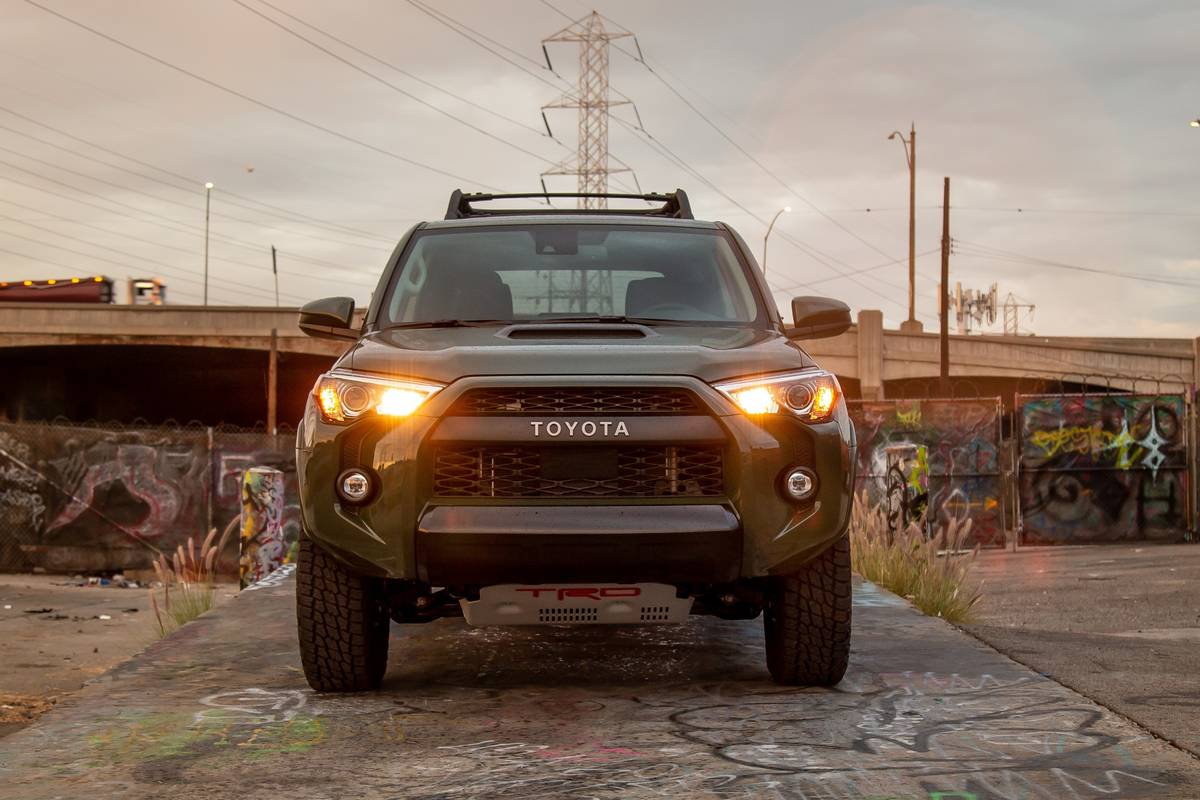

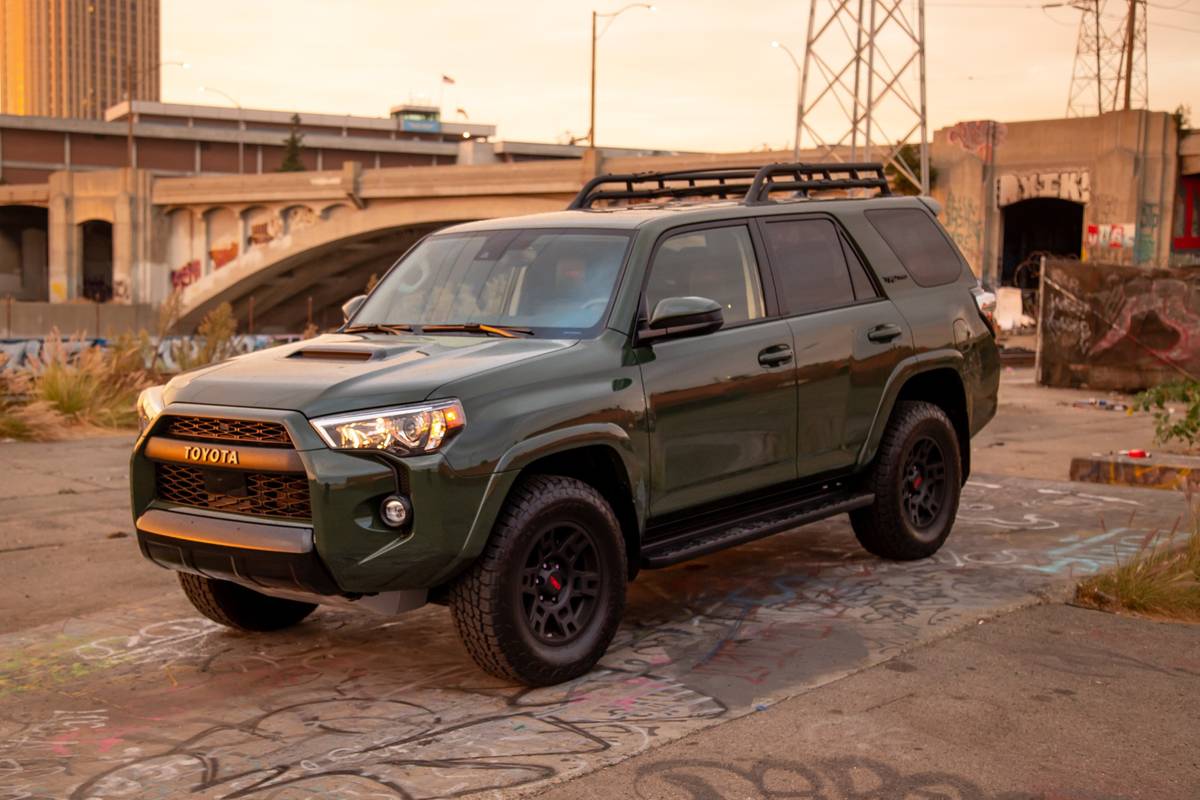
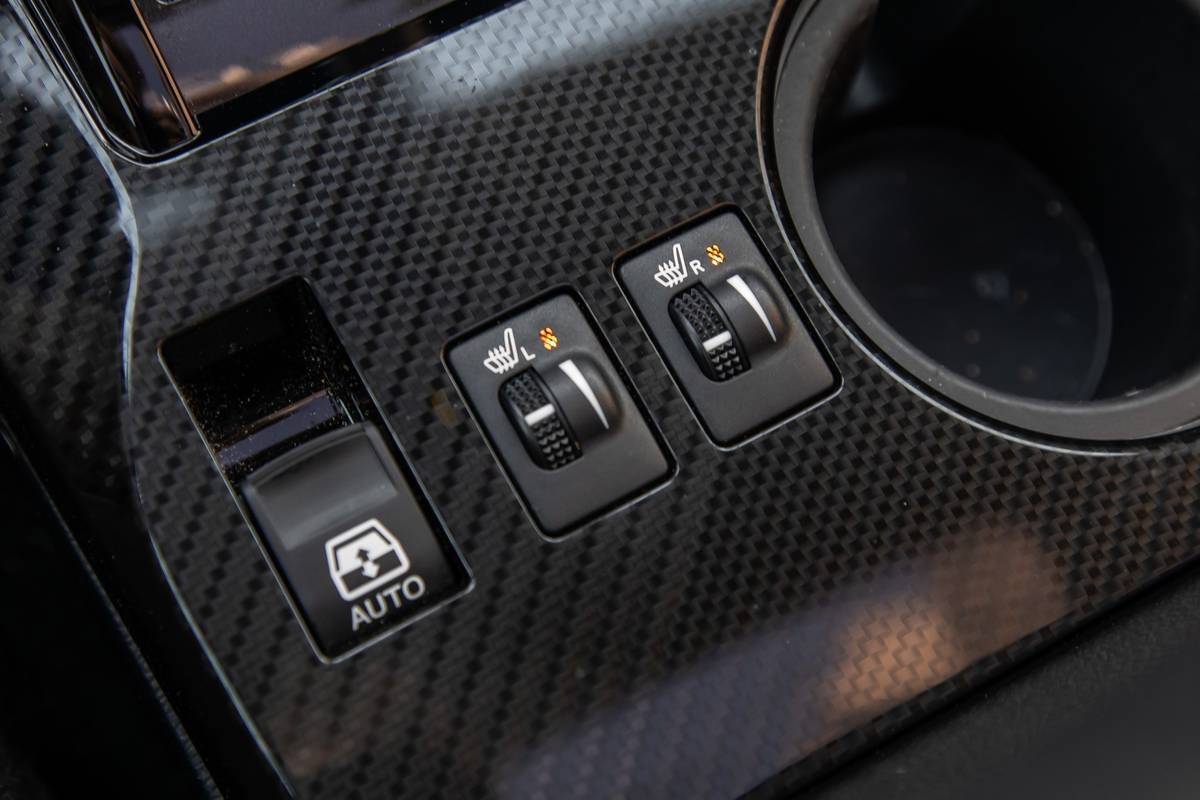




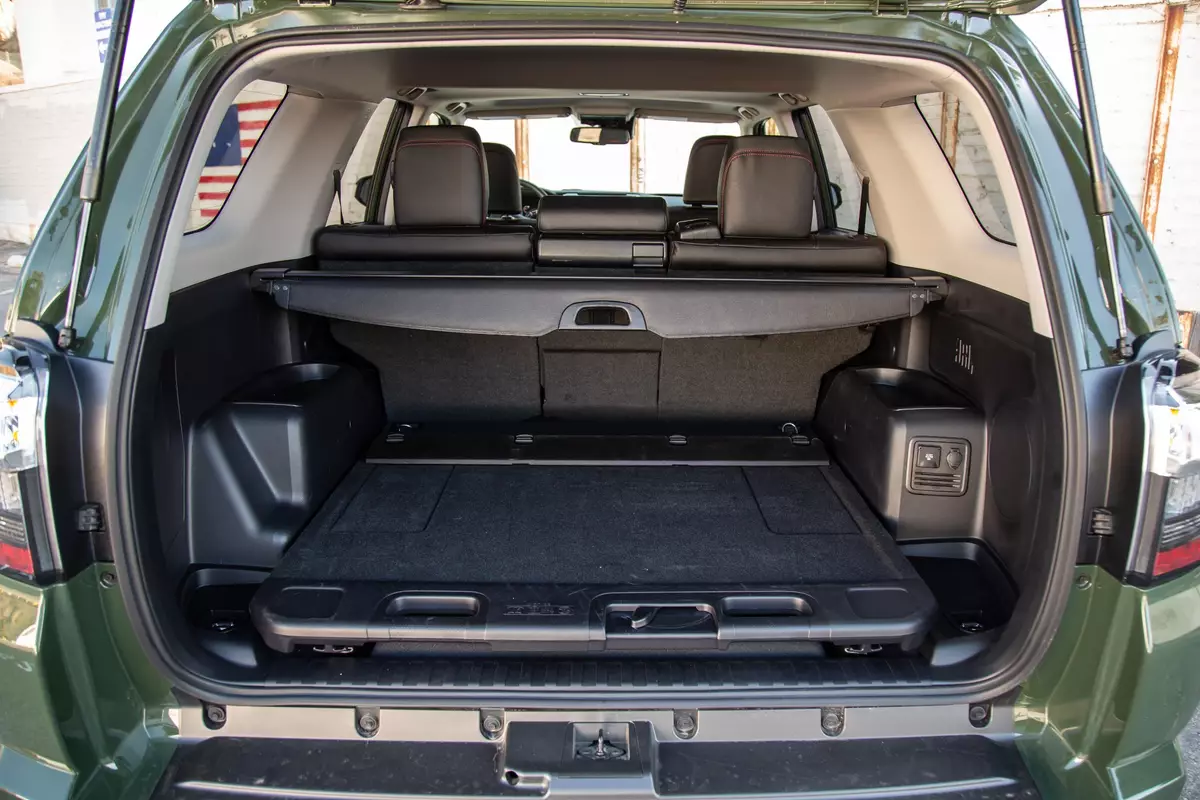
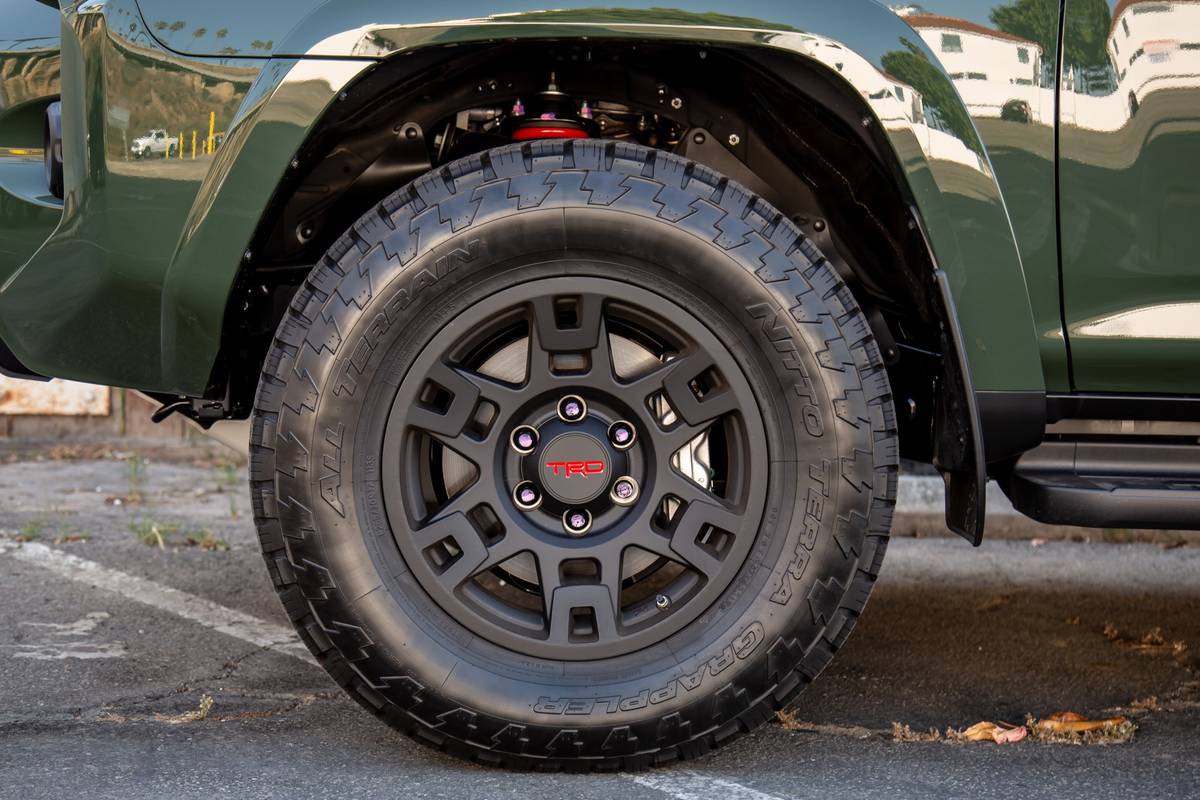
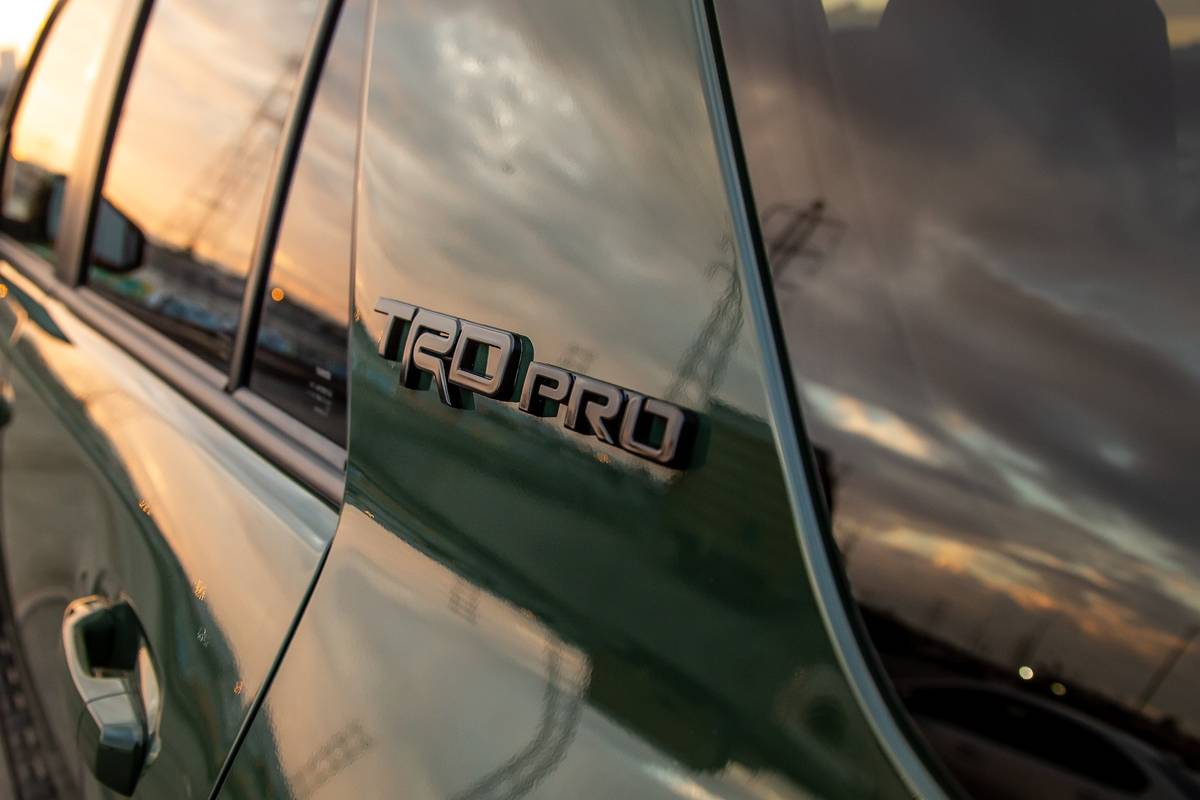
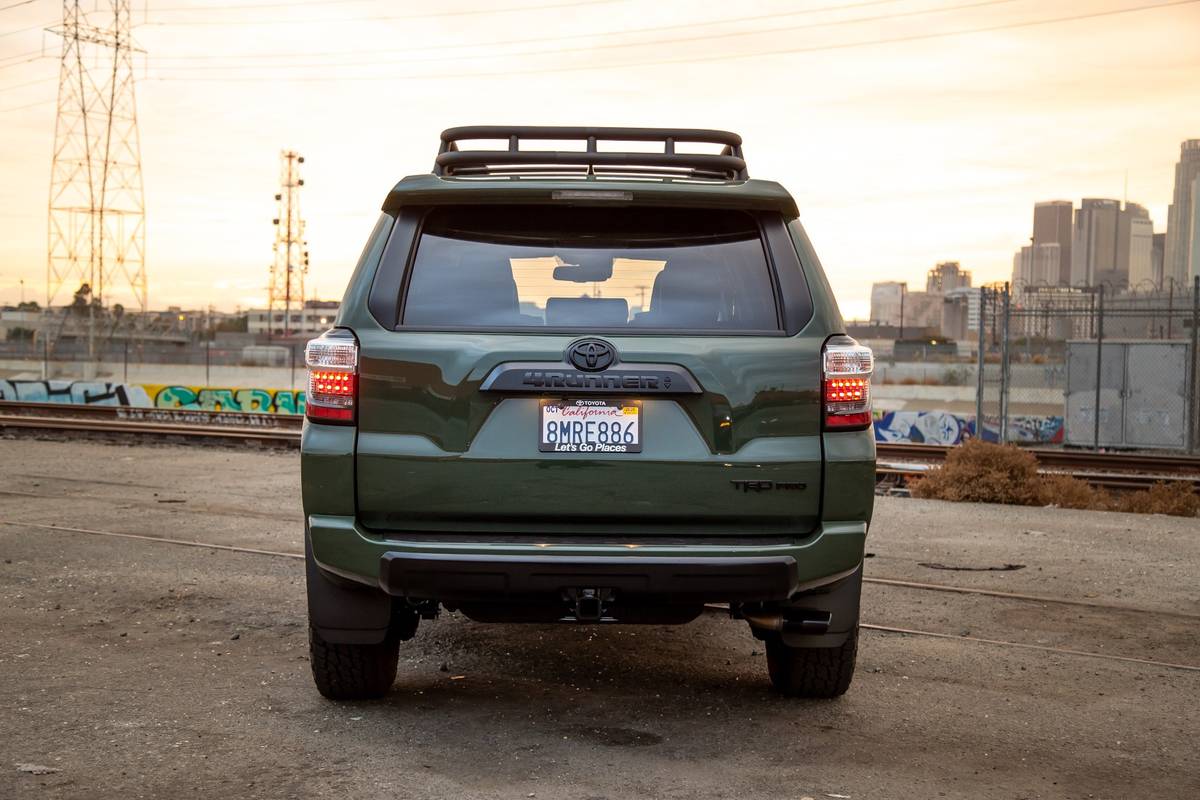
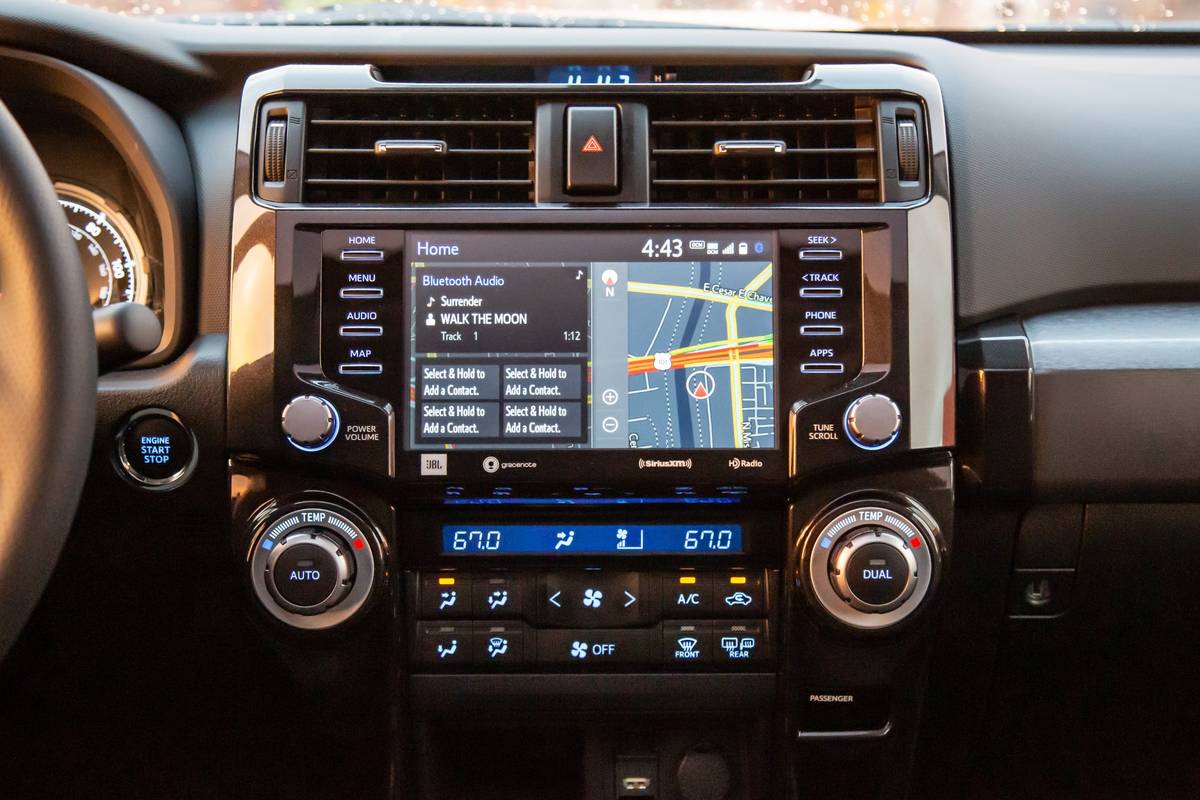
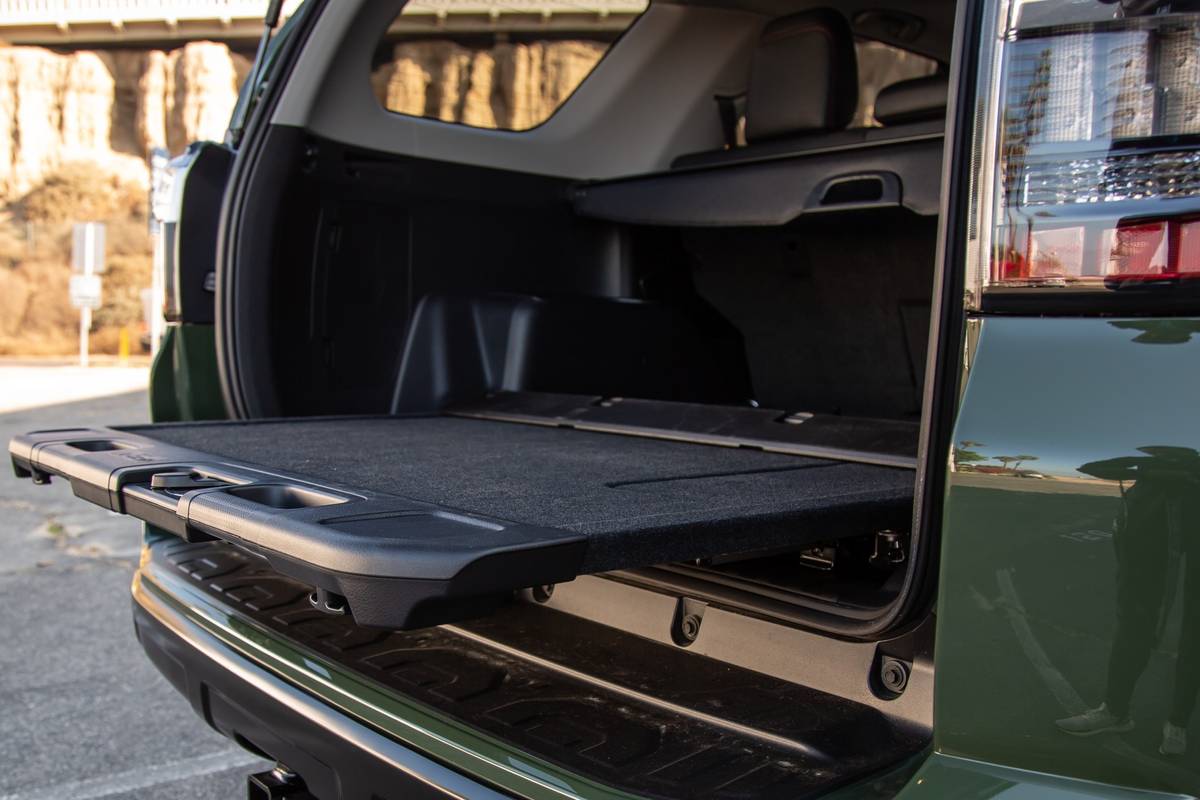

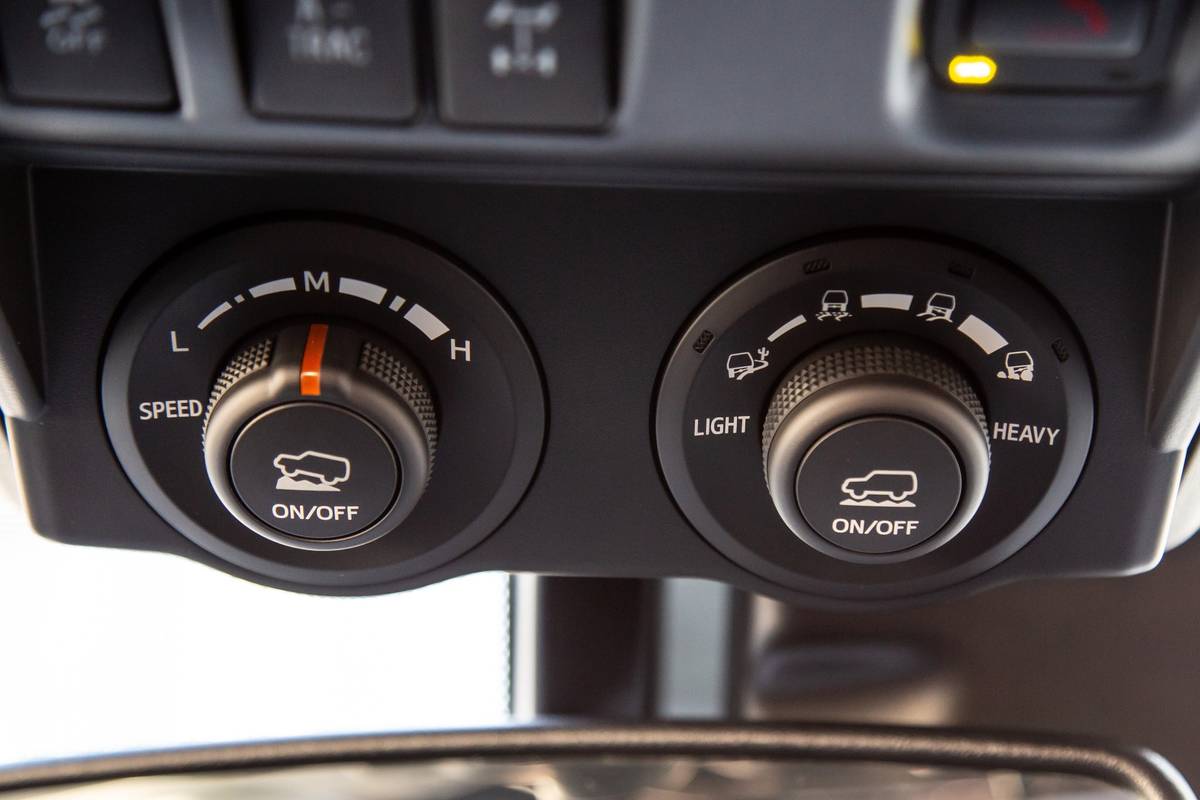
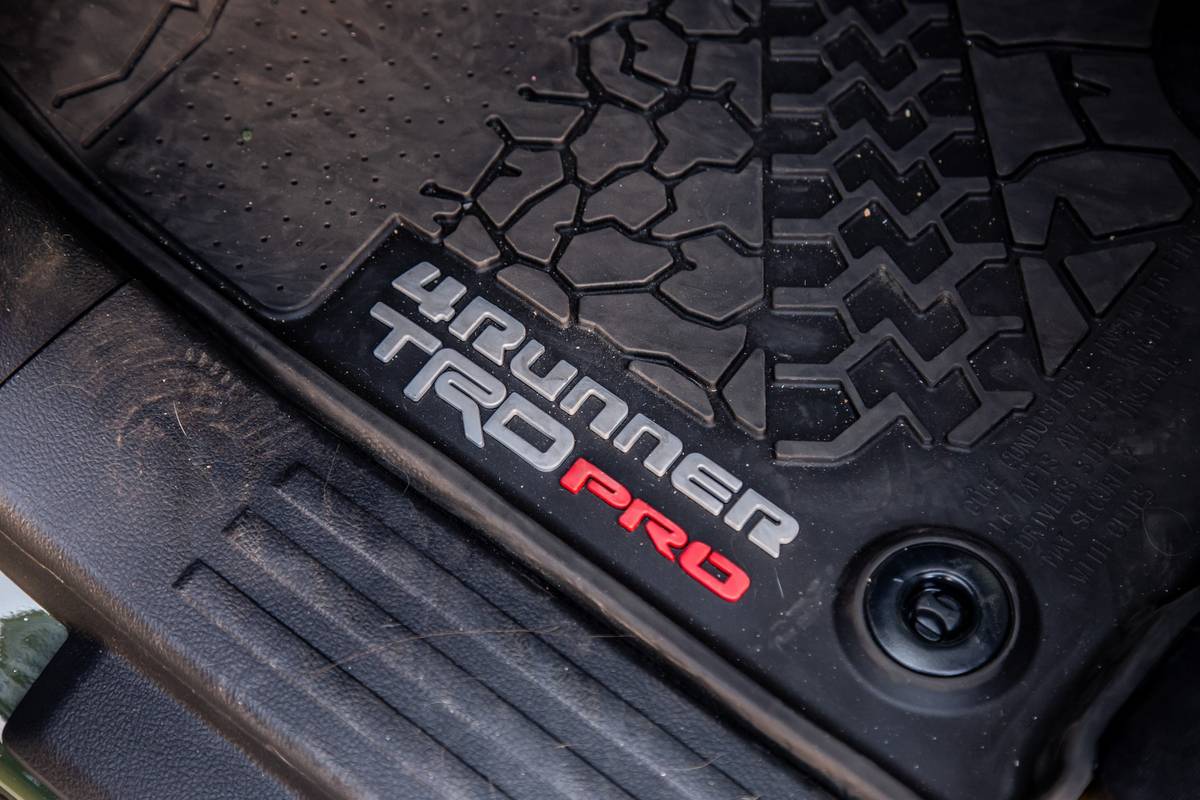

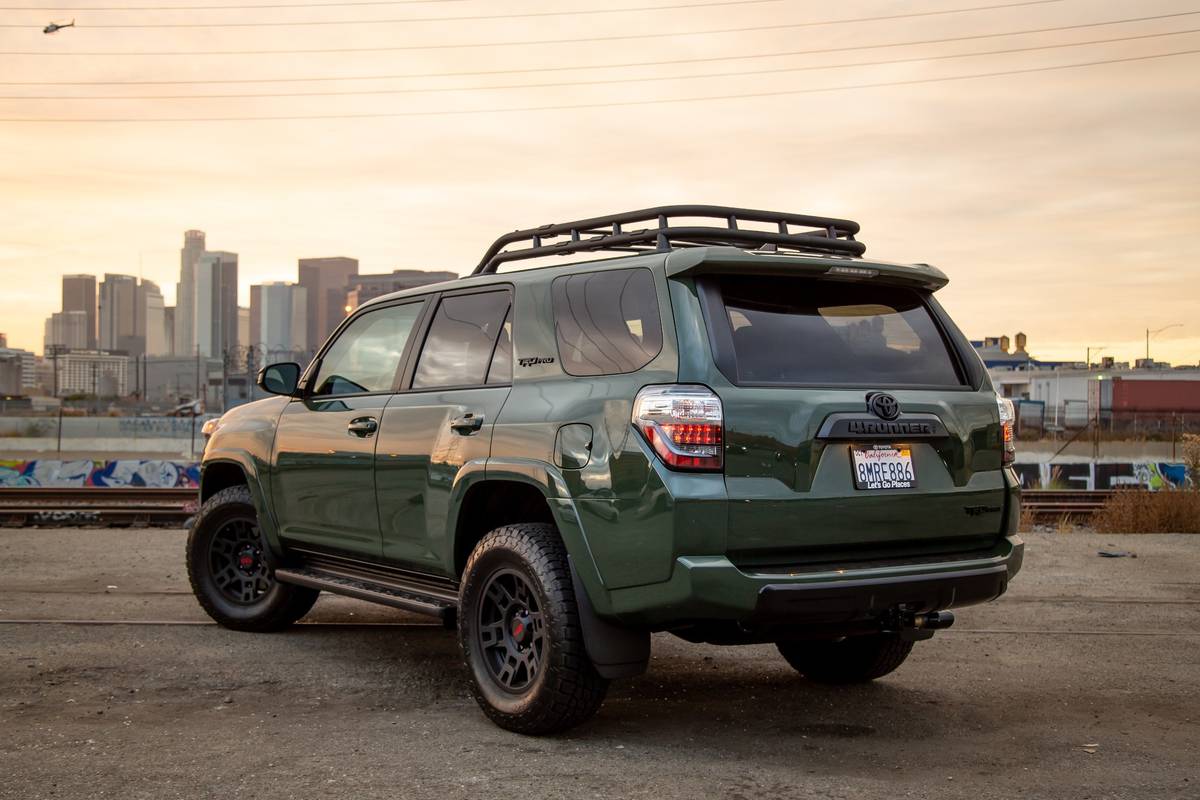

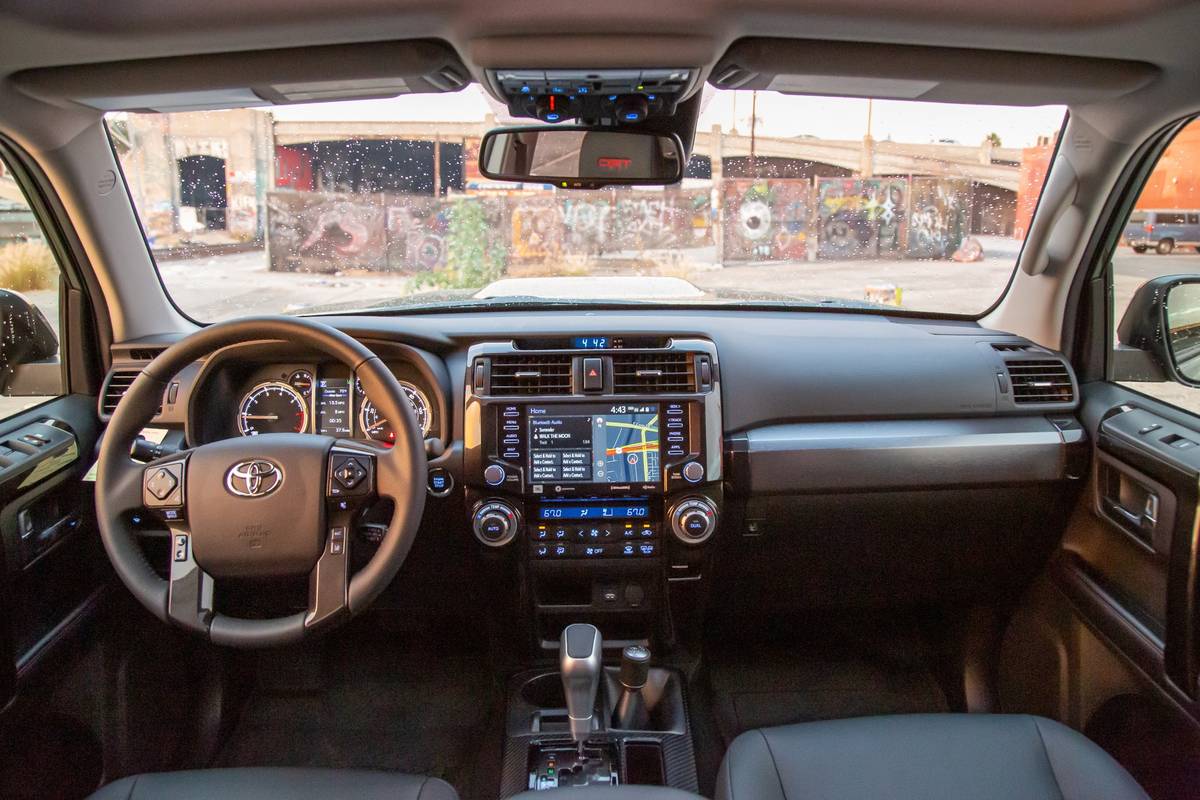

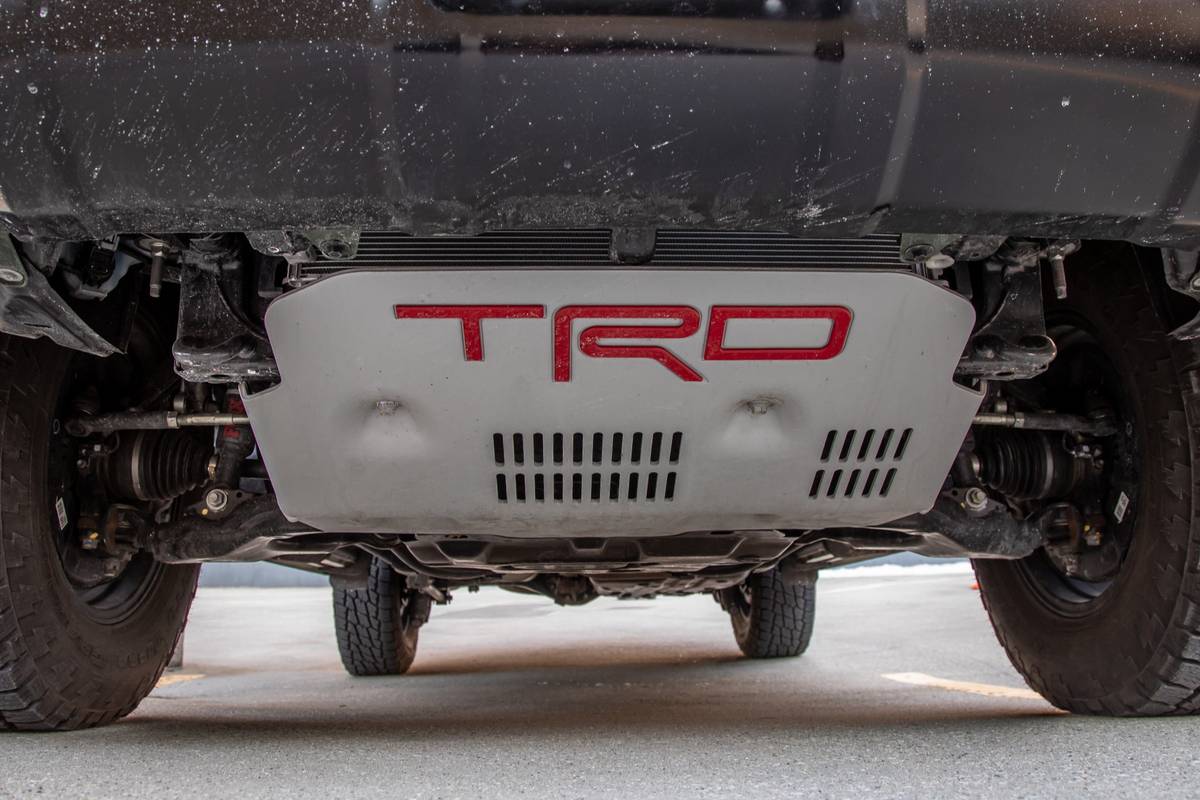





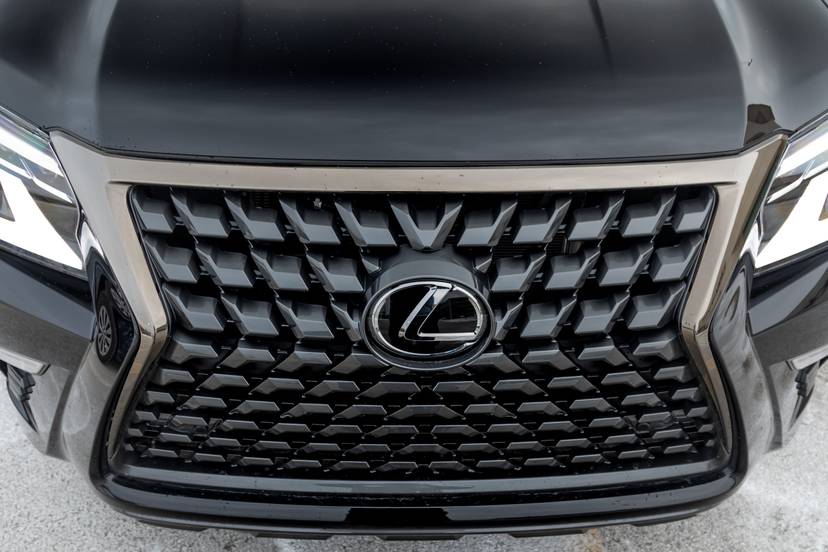

.png)


